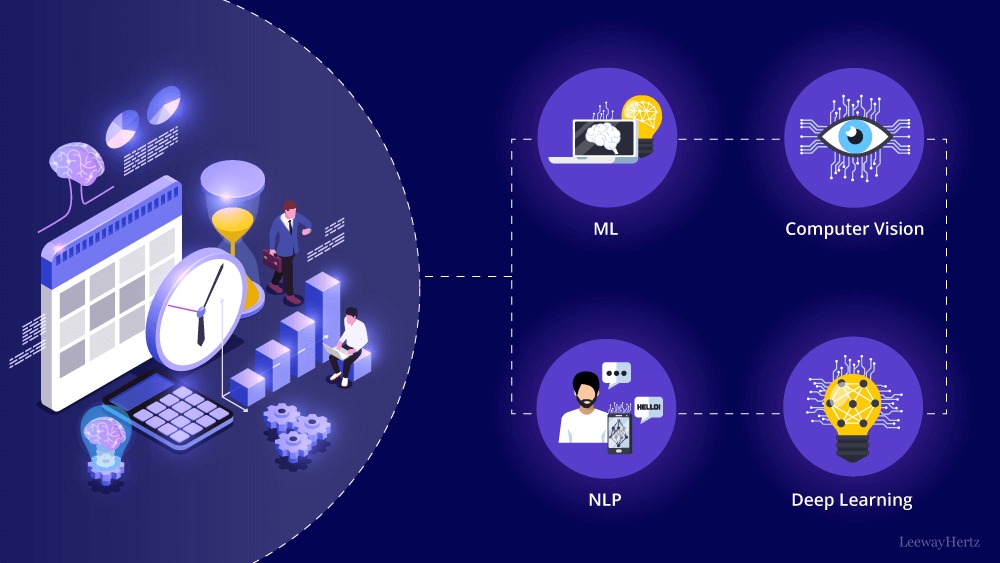Software refers to the programs and applications that run on computers and other digital devices. It consists of instructions and data that tell the hardware what to do and how to perform tasks. Software is essential for operating systems, applications, and tools that enable users to perform various functions on their devices.

Types of Software
-
System Software:
- Description: System software manages and controls the hardware and provides a platform for running application software.
- Examples: Operating systems (Windows, macOS, Linux), device drivers, and utility programs.
- Key Features: Hardware management, resource allocation, and system maintenance.
-
Application Software:
- Description: Application software is designed to perform specific tasks and functions for end-users.
- Examples: Word processors (Microsoft Word), spreadsheet programs (Microsoft Excel), web browsers (Google Chrome), and media players (VLC).
- Key Features: User interface, task-specific functionalities, and data processing.
-
Utility Software:
- Description: Utility software provides additional functionality to manage and maintain the system and application software.
- Examples: Antivirus software, disk cleanup tools, and backup programs.
- Key Features: System optimization, data protection, and maintenance tasks.
-
Malicious Software (Malware):
- Description: Malware is designed to harm or disrupt computer systems, steal data, or gain unauthorized access.
- Examples: Viruses, worms, Trojan horses, and ransomware.
- Key Features: Unauthorized access, data theft, and system disruption.
Benefits of Software
-
Improved Productivity: Software automates tasks and processes, enabling users to complete work more efficiently and effectively.
-
Enhanced Functionality: Software provides specific tools and features that allow users to perform a wide range of tasks, from document creation and data analysis to communication and entertainment.
-
Data Management: Software helps users organize, store, and manage data, ensuring it is easily accessible and secure.
-
Communication and Collaboration: Software enables users to communicate and collaborate with others, whether through email, video conferencing, or shared documents.
-
Entertainment and Creativity: Software provides platforms for entertainment, such as gaming and media playback, as well as tools for creative expression, such as graphic design and video editing.
Choosing the Right Software
-
Assess Your Needs: Identify the specific tasks and functions you need the software to perform. Consider factors such as compatibility, ease of use, and integration with other tools.
-
Evaluate Features: Compare the features offered by different software options, such as user interface, functionality, and support services.
-
Consider Compatibility: Ensure that the software is compatible with your operating system and other tools you use.
-
Read Reviews: Research customer reviews and ratings to gauge the reliability, performance, and support services of different software options.
-
Trial and Test: Take advantage of free trials or demo versions to test the software and ensure it meets your needs and preferences.
Conclusion
Understanding software is crucial for making informed decisions about the tools you use. By knowing the types of software available, their key features, and the benefits they offer, you can choose the right tools for your needs. Whether you're looking to improve productivity, enhance functionality, or enjoy entertainment, software provides the solutions needed to achieve your goals and enhance your digital experience.




